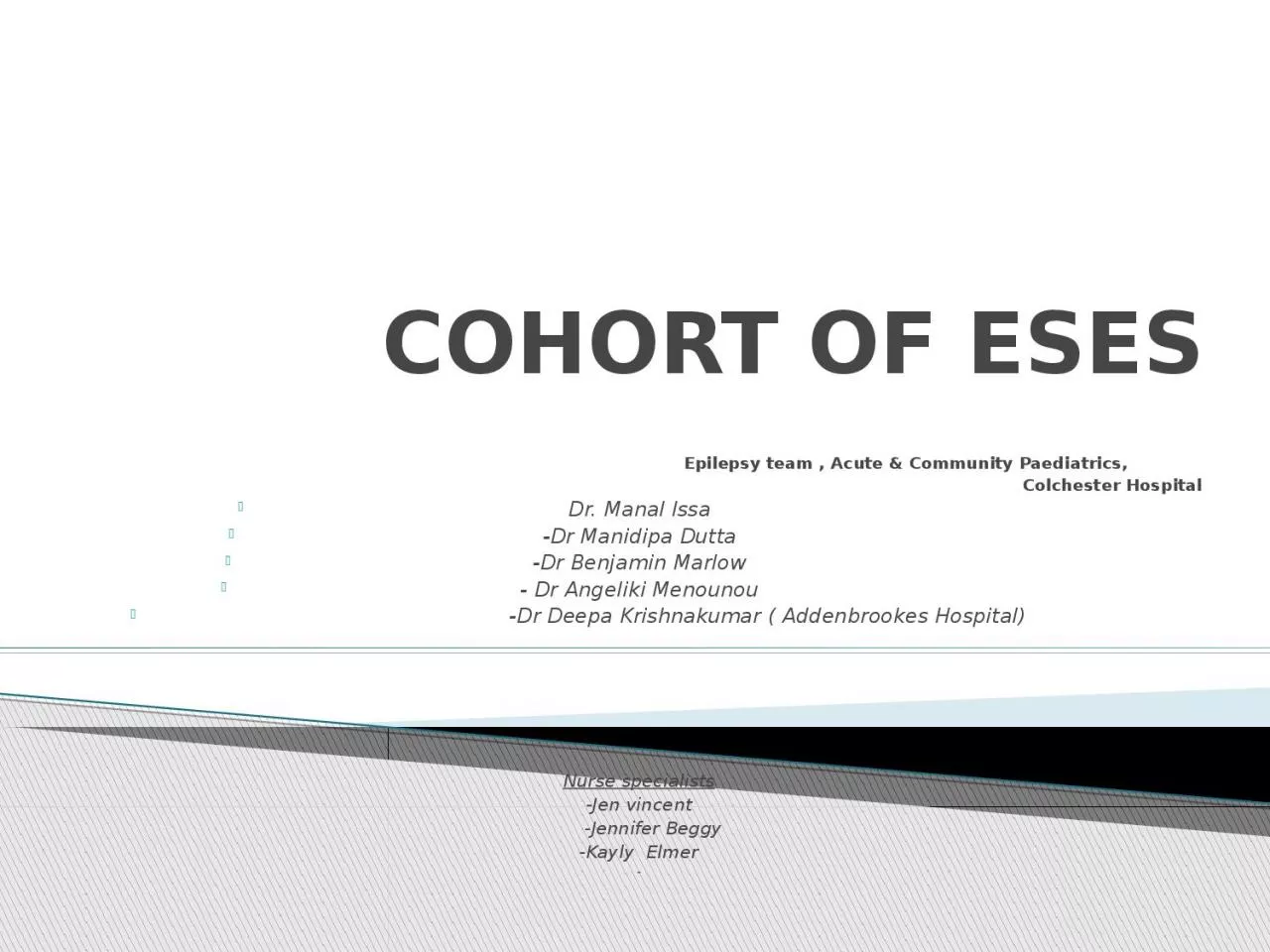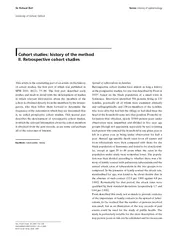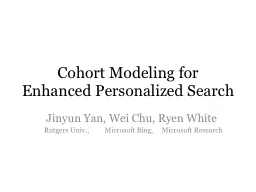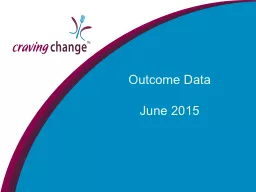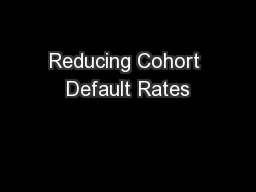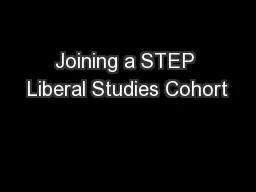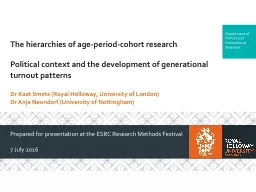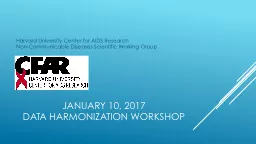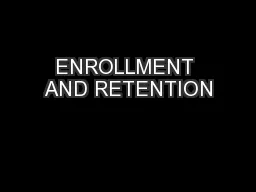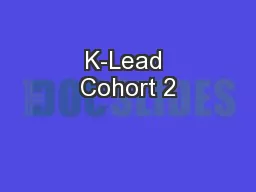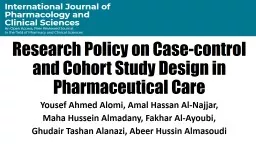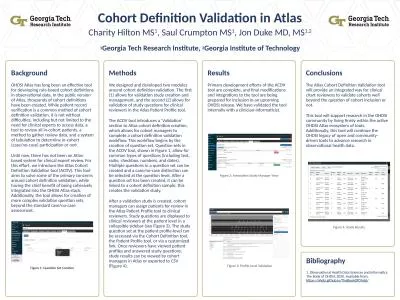PPT-COHORT OF ESES
Author : murphy | Published Date : 2024-02-09
Epilepsy team Acute amp Community Paediatrics Colchester Hospital Dr Manal Issa Dr Manidipa Dutta Dr Benjamin Marlow
Presentation Embed Code
Download Presentation
Download Presentation The PPT/PDF document "COHORT OF ESES" is the property of its rightful owner. Permission is granted to download and print the materials on this website for personal, non-commercial use only, and to display it on your personal computer provided you do not modify the materials and that you retain all copyright notices contained in the materials. By downloading content from our website, you accept the terms of this agreement.
COHORT OF ESES: Transcript
Download Rules Of Document
"COHORT OF ESES"The content belongs to its owner. You may download and print it for personal use, without modification, and keep all copyright notices. By downloading, you agree to these terms.
Related Documents

